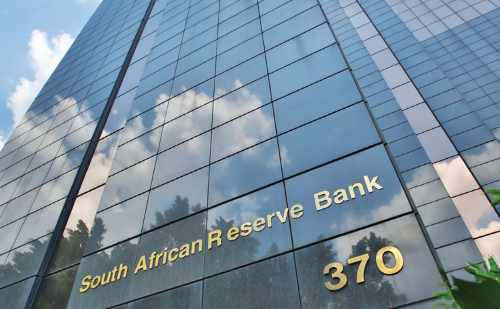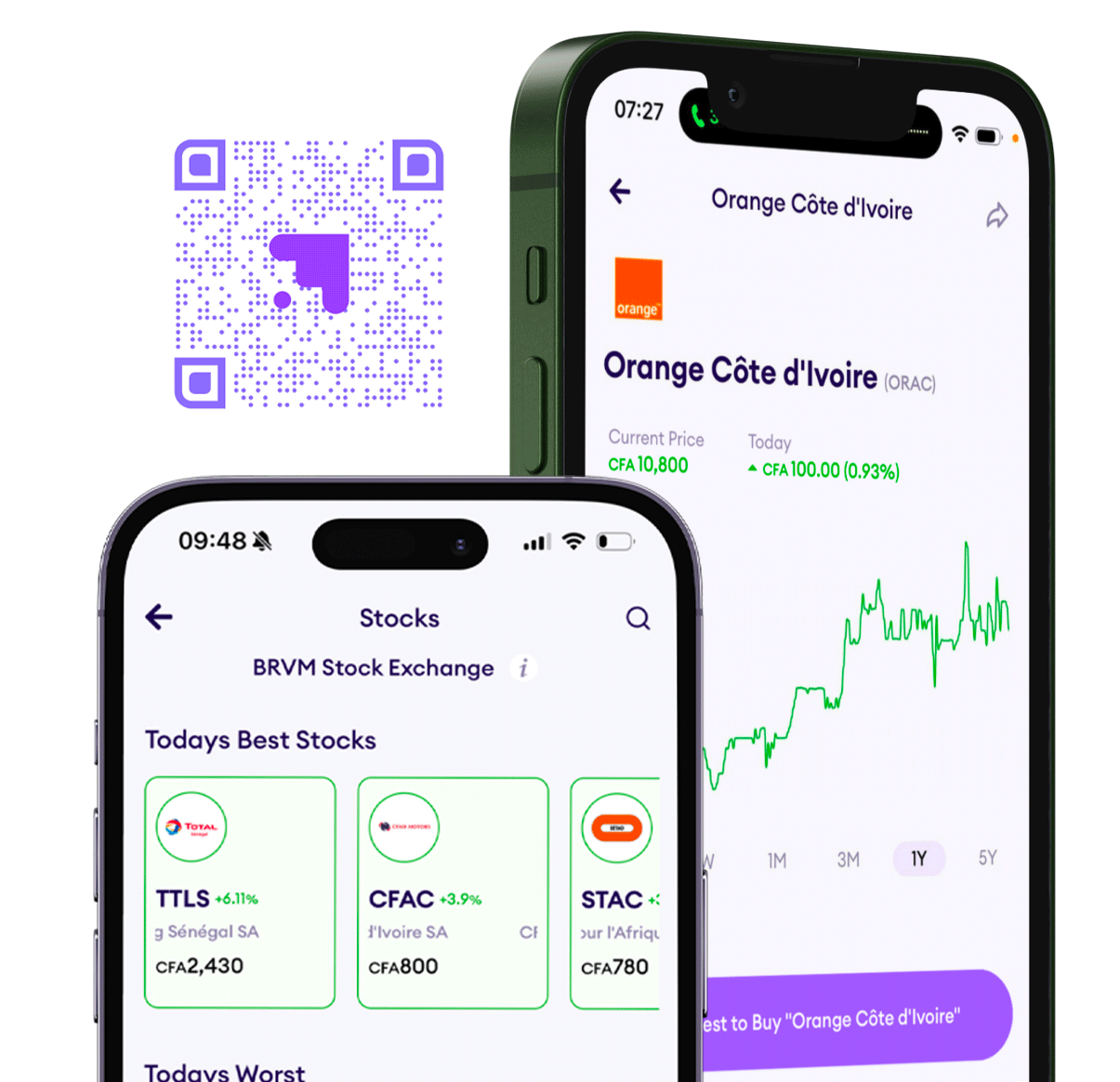South Africa Central Bank Cuts Rates Again on Inflation Risks

TLDR
- South Africa’s central bank lowered its benchmark interest rate by 25 basis points to 7.5%
- While near-term inflation is contained, medium-term risks remain uncertain
- Analysts predict further 25 basis point cuts in March and May
South Africa’s central bank lowered its benchmark interest rate by 25 basis points to 7.5%, marking the third consecutive rate cut. The decision, supported by four of six monetary policy committee (MPC) members, aligns with economist forecasts but comes amid increasing inflation risks.
Governor Lesetja Kganyago stated that while near-term inflation is contained, medium-term risks remain uncertain, particularly due to external factors. The South African Reserve Bank (SARB) expects inflation to average 3.9% in 2024 and 4.6% in 2026, slightly below previous estimates. Following the announcement, the rand strengthened 0.5% to 18.4388 per dollar, largely due to a weaker dollar, while South African government bond yields edged higher.
Analysts predict further 25 basis point cuts in March and May, though global risks—especially potential trade tariffs under U.S. President Donald Trump—could impact monetary policy decisions. SARB warns that rand weakness could push import costs higher, prompting a cautious rate-cutting approach.
Daba is Africa's leading investment platform for private and public markets. Download here
Key Takeaways
The South African Reserve Bank’s latest rate cut signals a measured approach to monetary easing, balancing low inflation with external economic risks. Despite inflation running at 3%—below the 4.5% midpoint target—the central bank remains wary of global developments. A stronger dollar and trade policy shifts under U.S. President Donald Trump pose challenges. If the rand depreciates significantly, SARB may be forced to slow rate cuts or even reverse course. The central bank’s projections show a worst-case scenario of the rand weakening to 21 per dollar, pushing domestic inflation to 5% and requiring tighter monetary policy. For now, further rate cuts remain possible, but SARB will adjust policy meeting by meeting. Investors are watching how external factors, including global inflation and trade tensions, influence the bank’s ability to continue easing monetary conditions.

Next Frontier
Stay up to date on major news and events in African markets. Delivered weekly.
Pulse54
UDeep-dives into what’s old and new in Africa’s investment landscape. Delivered twice monthly.
Events
Sign up to stay informed about our regular webinars, product launches, and exhibitions.




